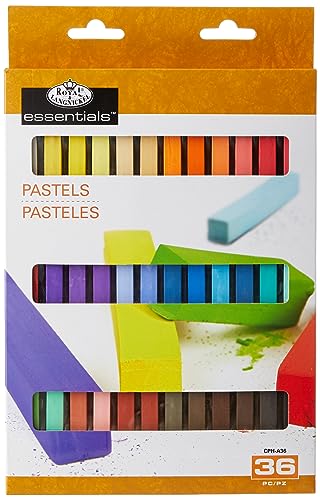Choosing the right materials
To create a soft pastel still life, it is essential to start with the right materials. Invest in quality soft pastels that have a wide range of colors and a smooth texture. Look for pastels that are labeled as “soft” or “extra soft” as these will provide the desired effect. Additionally, choose a sturdy and textured paper that is specifically designed for pastel work. The texture of the paper will help create the subtle strokes and blend the colors together.
Setting up the composition
Before diving into the artwork, take the time to set up an interesting and visually pleasing composition. Choose objects that have a variety of shapes, colors, and textures, which will add depth and interest to the still life. Play around with different arrangements until you find one that appeals to you. Consider the lighting as well, as it can dramatically influence the mood and atmosphere of the artwork. Natural light is often preferred for still life because it provides a soft and diffused illumination.
Building up layers
To achieve the soft and delicate look of a pastel still life, it is important to build up layers of pastel gradually. Begin by sketching the basic outlines and shapes lightly with a pastel pencil or a light-colored pastel stick. Then, start layering the colors with gentle strokes, blending them together with your fingers or a blending tool. Use light pressure when applying the pastel and gradually build up the intensity of the colors. By layering the colors, you can create depth and dimension in your artwork.
Using blending techniques
Blending is a crucial technique in creating a soft pastel still life. There are several ways to blend the colors together seamlessly. One method is to use your fingers to gently smudge the pastel strokes. Another technique is to use a blending stump or a tortillon, which is a tightly wound paper stick. Simply rub the stump or tortillon over the pastel strokes to blend them together. You can also use a soft bristle brush to gently brush the colors together for a softer effect.
Adding finishing touches
After building up layers and blending the colors, it’s time to add the finishing touches to your pastel still life. Pay attention to details such as highlights, shadows, and textures to bring the artwork to life. Use a lighter-colored pastel to create highlights and a darker one for shadows. Experiment with different strokes and techniques to depict textures accurately, whether it’s the roughness of a stone or the smoothness of a glass object. Don’t be afraid to step back from your artwork and make adjustments until you are satisfied with the overall result.






